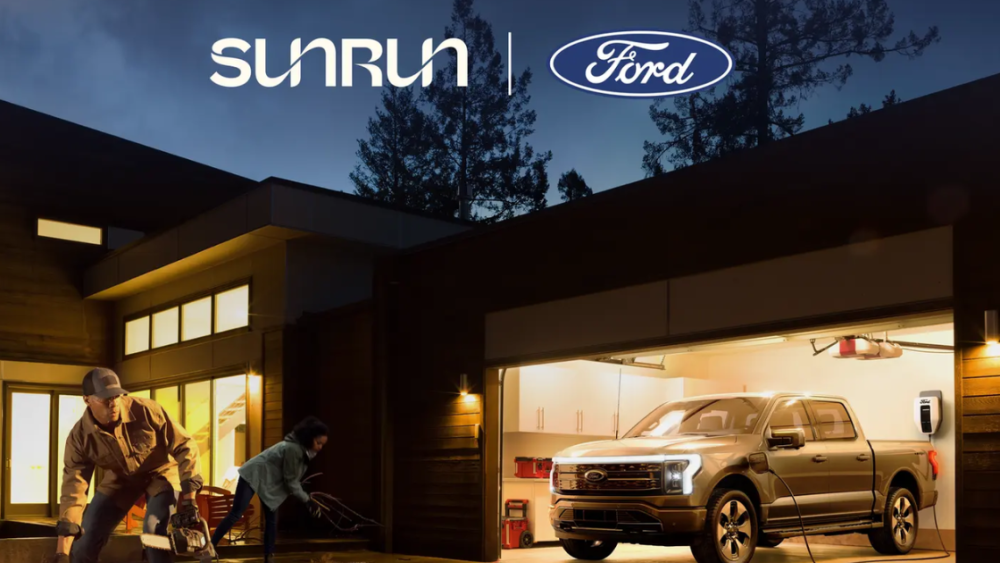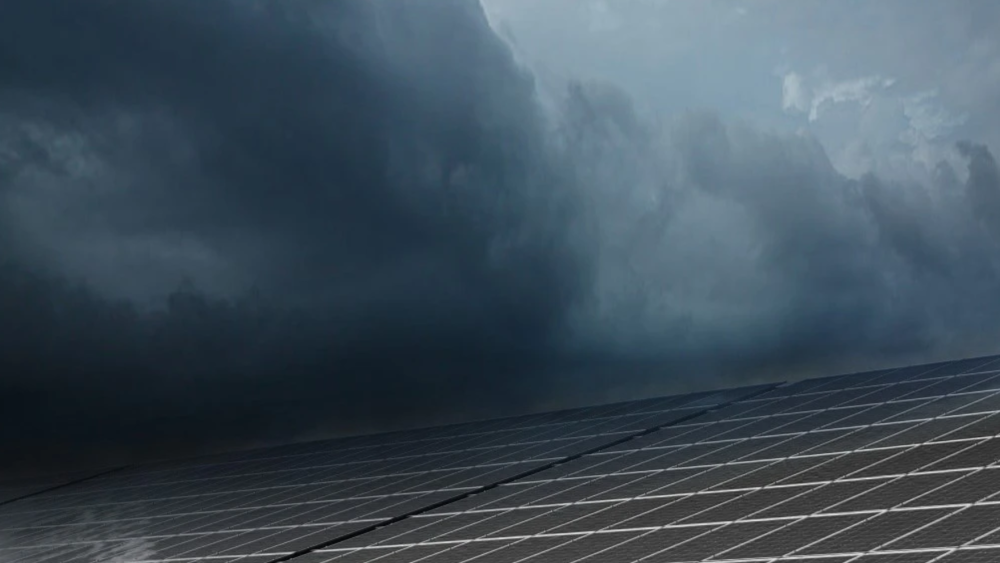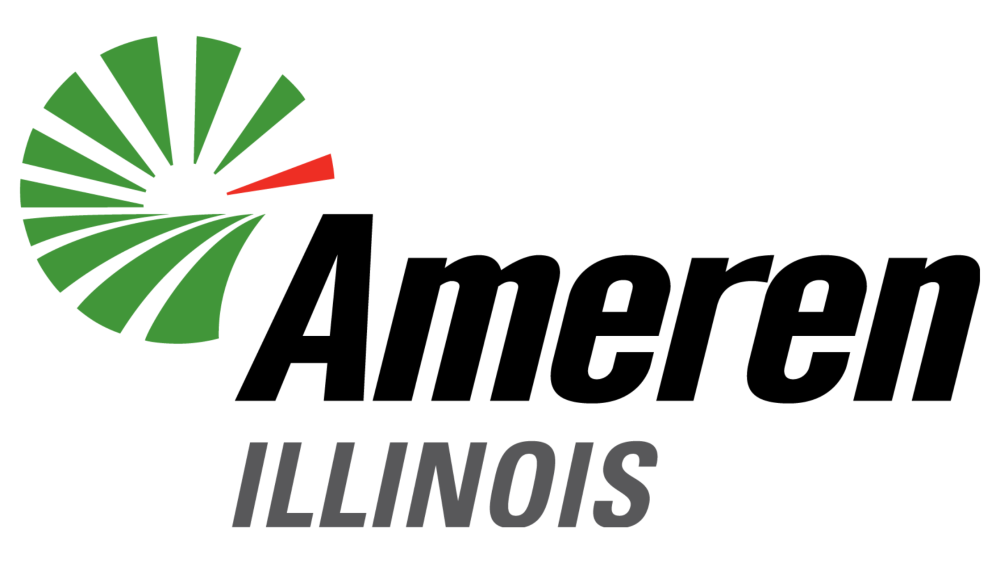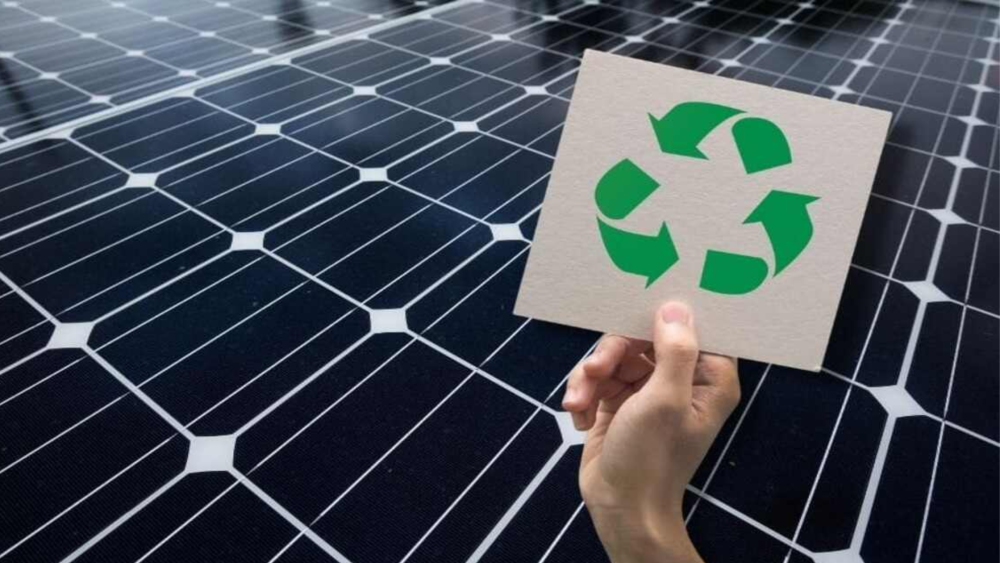Powering the Future: Ford and Sunrun's Strategic Partnership
Written on . Posted in Solar panels.

Try our solar cost and savings calculator
Exploring the Synergy Between Electric Vehicles and Solar Energy
In an exciting development for sustainable technology, Ford has teamed up with Sunrun, one of America's leading solar energy providers, to integrate electric vehicles (EVs) with home solar systems. This partnership marks a significant step toward a greener future, showcasing the potential of combining EV technology with renewable energy. This article delves into what this collaboration entails, its benefits, and what it means for consumers.
1. Overview of the Partnership:
-
Background and Goals: Describe the shared vision of Ford and Sunrun to promote sustainable energy solutions. Ford, traditionally an automotive giant, is venturing deeper into electric vehicles, while Sunrun is looking to expand its impact on home energy systems.
-
Key Features of the Partnership: Outline the core components of the collaboration, such as Ford's commitment to provide EVs that can integrate seamlessly with Sunrun's solar installations and potentially use the vehicle's battery as a backup power source for homes.
2. Benefits of the Partnership:
-
For Consumers: Highlight how this partnership could offer more efficient energy solutions for homeowners, such as the ability to charge EVs with solar power, which could reduce reliance on the grid and lower electricity costs.
-
Environmental Impact: Discuss the potential environmental benefits, such as reduced carbon emissions through increased use of renewable energy and more widespread adoption of EVs.
-
Innovation and Market Influence: Explore how this collaboration could spur further innovation in both the solar energy and electric vehicle sectors, setting new standards and encouraging other companies to follow suit.
3. Technical Integration:
-
Vehicle-to-Home (V2H) Technology: Explain how Ford's EVs can potentially be used as backup power sources for homes via Sunrun's solar systems, detailing the technology behind this integration and how it might work in practice.
-
Solar Charging for EVs: Detail how Sunrun plans to install solar panels and home energy systems that are optimized for charging electric vehicles, improving charge times and efficiency.
4. Potential Challenges and Considerations:
-
Infrastructure and Compatibility: Address potential challenges related to infrastructure, such as the need for upgraded electrical systems in homes or compatibility issues between different models of EVs and solar systems.
-
Cost and Accessibility: Consider the initial investment required for consumers to set up a fully integrated solar and EV system and discuss whether these costs are expected to decrease as the technology becomes more widespread.
5. Future Prospects:
-
Expansion Plans: Look into Ford and Sunrun’s future plans, such as expanding the availability of integrated solutions beyond initial markets or introducing new technologies.
-
Impact on the Industry: Speculate on how this partnership might influence broader trends in the renewable energy and automotive industries, potentially leading to more collaborations between tech and auto companies.
Conclusion: Reiterate the significance of the Ford and Sunrun partnership as a landmark move toward integrating solar energy and electric vehicles. Reflect on how this could transform energy consumption habits, support environmental sustainability, and drive future technological developments in both sectors.
CTA: Are you interested in the possibilities of solar-powered electric vehicles? Stay tuned for updates on Ford and Sunrun’s innovative solutions and discover how you can be part of the sustainable energy revolution.
Try our solar cost and savings calculator




